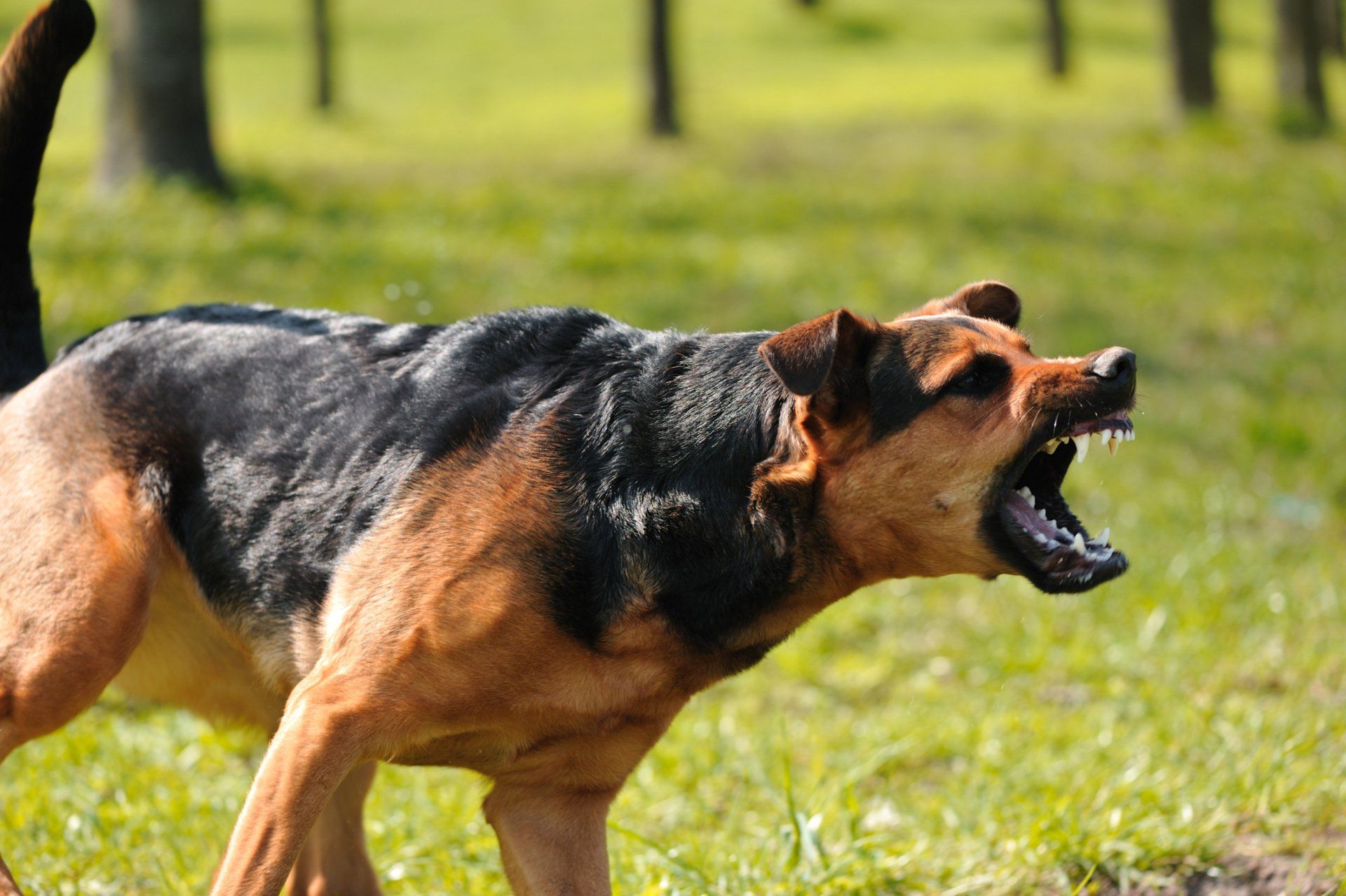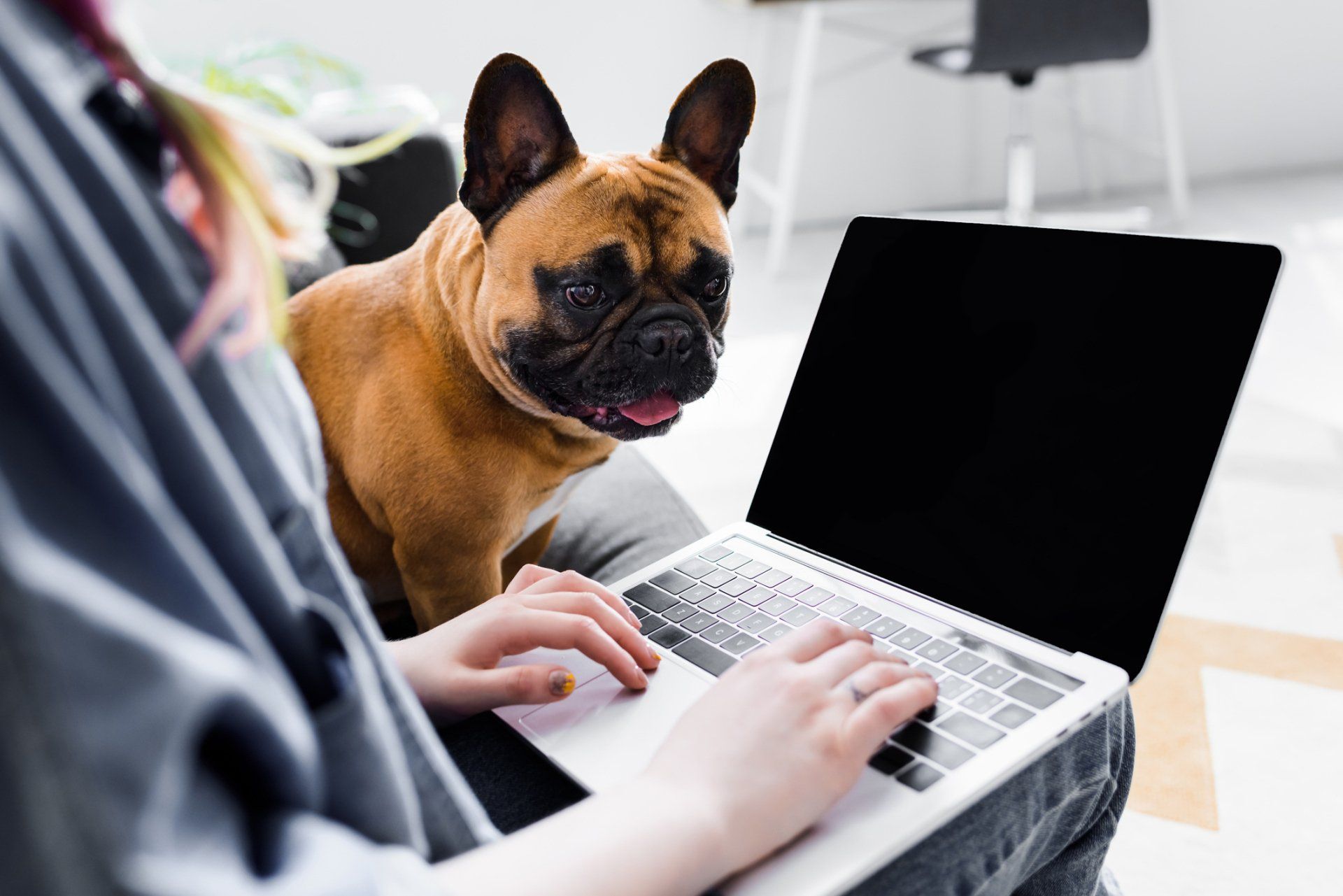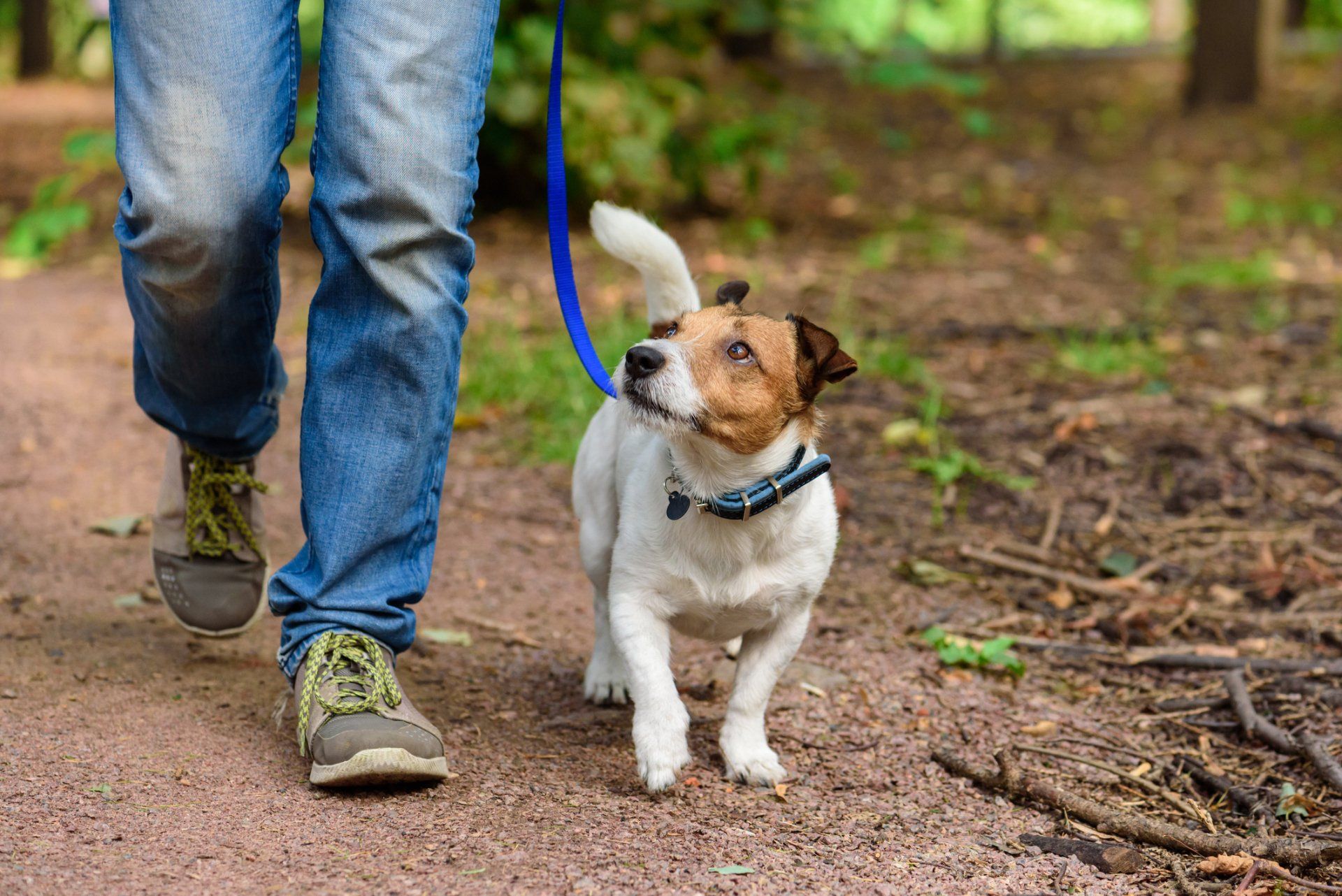Beware of the Dog
I get this complaint time after time after time. Dogs barking excessively at noises outside the home, when they see a dog or person outside the window, when they see another dog on TV, when guests come to the door and not to mention the mail carrier! No matter how much you correct them or tell them to “Leave It”, the disruptive barking continues.
In these cases, I tell my clients “Your dog is doing exactly what they are supposed to be doing which is to guard their family.” Dogs have evolved and been taught over thousands of years to do just that! It is their natural instinct. I always set expectations up front that you aren’t going to stop the barking entirely. Dogs bark. What you can do is stop it quickly so that the barking isn’t excessive.
My method to stop guarding barking behavior may seem surprising at first, but when you think about it more closely, it makes a lot of common sense. And for most of these cases, it really works! When your dog barks for one of the reasons listed above, the first thing you want to do is tell them “Thank You” in a positive, uplifting voice. That’s right. Thank your dog! It may sound crazy but in your dog’s mind, they are helping you by giving a “warning” bark. The last thing you want to do is correct them for that especially in a loud and frustrated tone of voice or they will think “There really is something to worry about. My parent is upset too!”
Next, you want to “investigate the danger”. This entails looking out the window, opening the door to the outside of your home or looking closely at the TV. Use your body language to communicate to your dog that you have heard the warning bark and are taking heed. Once you realize that there is no imminent danger, you come back to tell your dog it is “OK” in a calm and reassuring tone of voice. When they stop barking, you tell them what a good dog they are and give them a treat for a job well done. I realize this seems like a long, drawn out process. You won’t have to go to these great lengths for long. Soon, your dog will understand that the “It’s Ok” cue means that there is no danger so there is no need to bark.
The important lesson to learn here is to respect your dog’s role in your household and acknowledging and appreciating it. You never know if that warning bark may be necessary some day!






